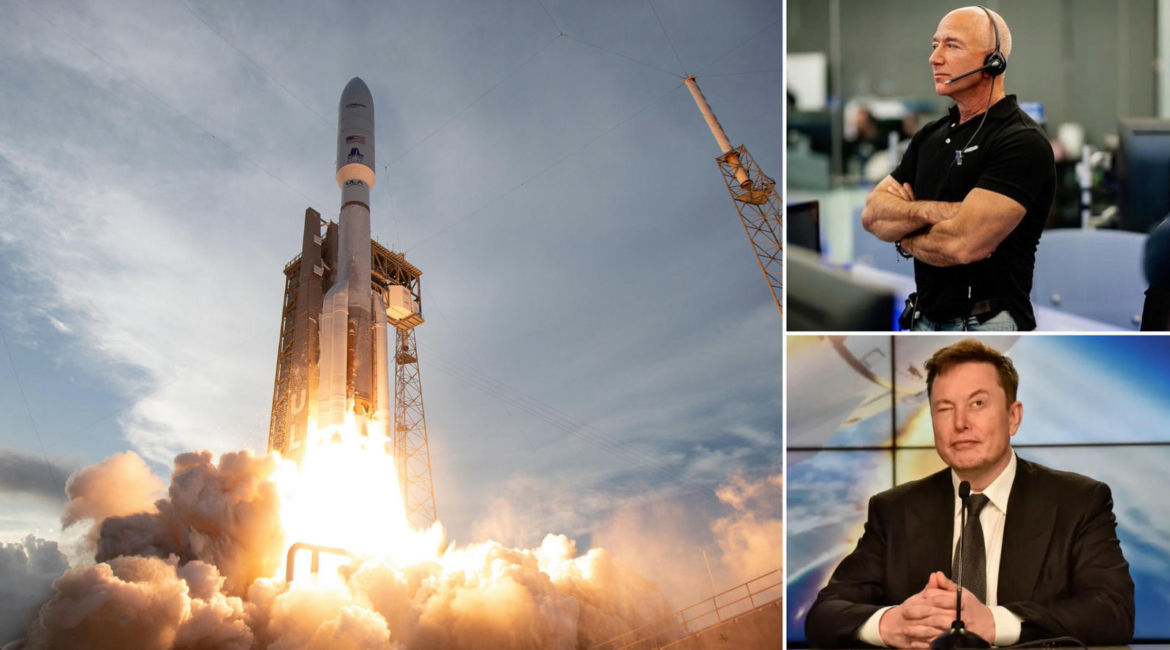Amazon has officially entered the satellite internet arena with the successful launch of the first 27 operational satellites for its ambitious Project Kuiper. The launch took place on April 28 from Cape Canaveral, Florida, aboard a United Launch Alliance Atlas V rocket, marking a significant milestone in Amazon’s $10 billion plan to deliver global high-speed internet coverage. These satellites, now in low Earth orbit, will soon begin maneuvering to their designated altitudes, laying the groundwork for a constellation that will eventually consist of over 3,200 satellites.

This is Amazon’s second orbital deployment under Project Kuiper, following a prototype mission in October 2023. But unlike the test phase, this latest launch signals the beginning of Amazon’s aggressive push toward commercial viability. Project Kuiper aims to bridge the global digital divide by providing fast, reliable internet to underserved and remote regions, using low-latency communication enabled by a vast network of satellites operating between 367 and 391 miles above the Earth. Amazon expects to begin rolling out services to customers sometime in 2025.

At the center of this effort is Jeff Bezos, Amazon’s founder and the driving force behind Project Kuiper. With this latest launch, Bezos has made it clear that he is determined to challenge Elon Musk’s dominant Starlink network, which currently operates with over 7,000 satellites in orbit. Starlink has already demonstrated its utility in disaster zones, war-torn regions, and maritime applications, giving Musk a commanding lead in the satellite internet space. For Bezos, closing this gap isn’t just a business move—it’s personal.

The rivalry between Bezos and Musk has spanned two decades, originating in the early 2000s with the founding of their respective space companies: Blue Origin and SpaceX. What began as a competition over rocket innovation has evolved into a broader race for technological dominance, particularly in space-based infrastructure. Public jabs, patent battles, and competitive one-upmanship have defined their interactions, turning their personal rivalry into a defining feature of the modern space race.

Ironically, while Bezos has been investing heavily in building an alternative to Starlink, he has had to rely on Musk’s service for more than two years aboard his $500 million superyacht, Koru. The vessel, frequently seen cruising the Mediterranean, has been fitted with Starlink Maritime antennas, offering high-speed internet far from shore. Despite the optics, it was a necessary choice—Kuiper simply wasn’t ready.
But that’s about to change. With operational satellites now in orbit and dozens of launches scheduled in the coming months, Project Kuiper is finally taking shape. And for Bezos, it means not only shedding dependence on Musk’s network but also reasserting his presence in a market where the race is far from over.

